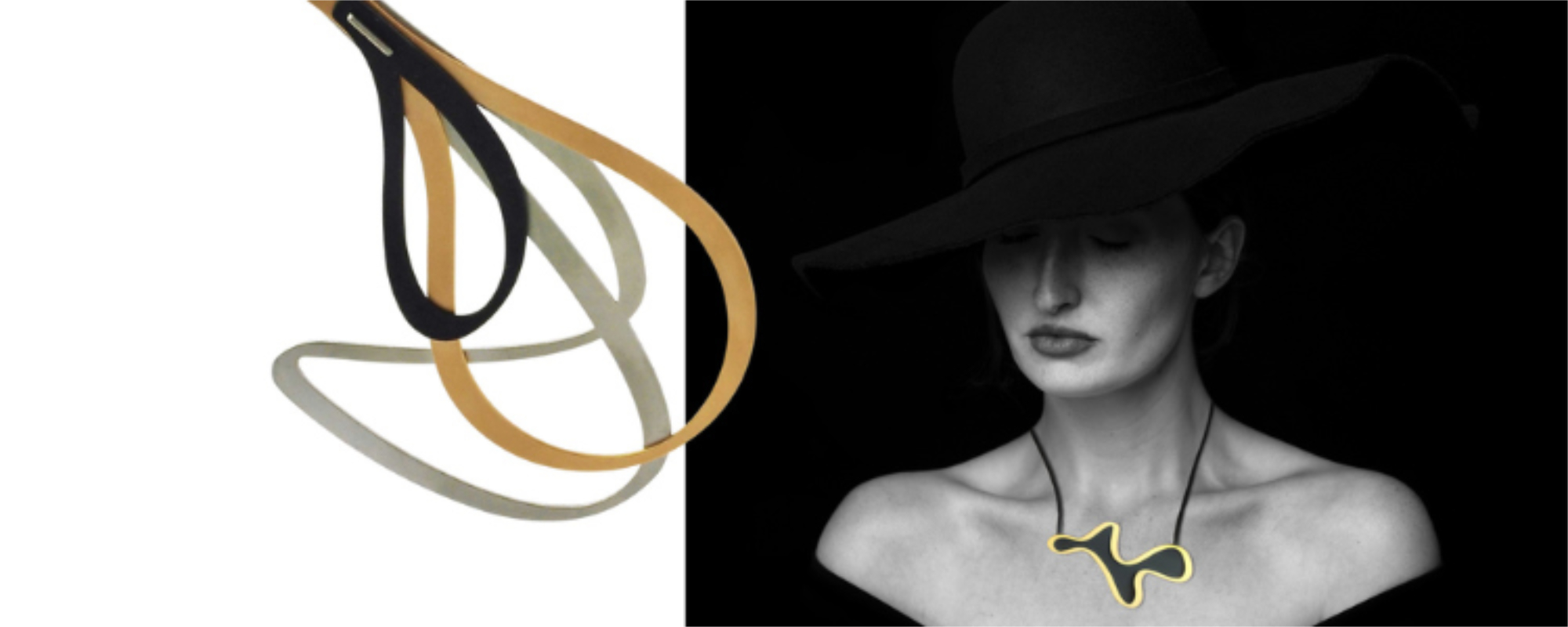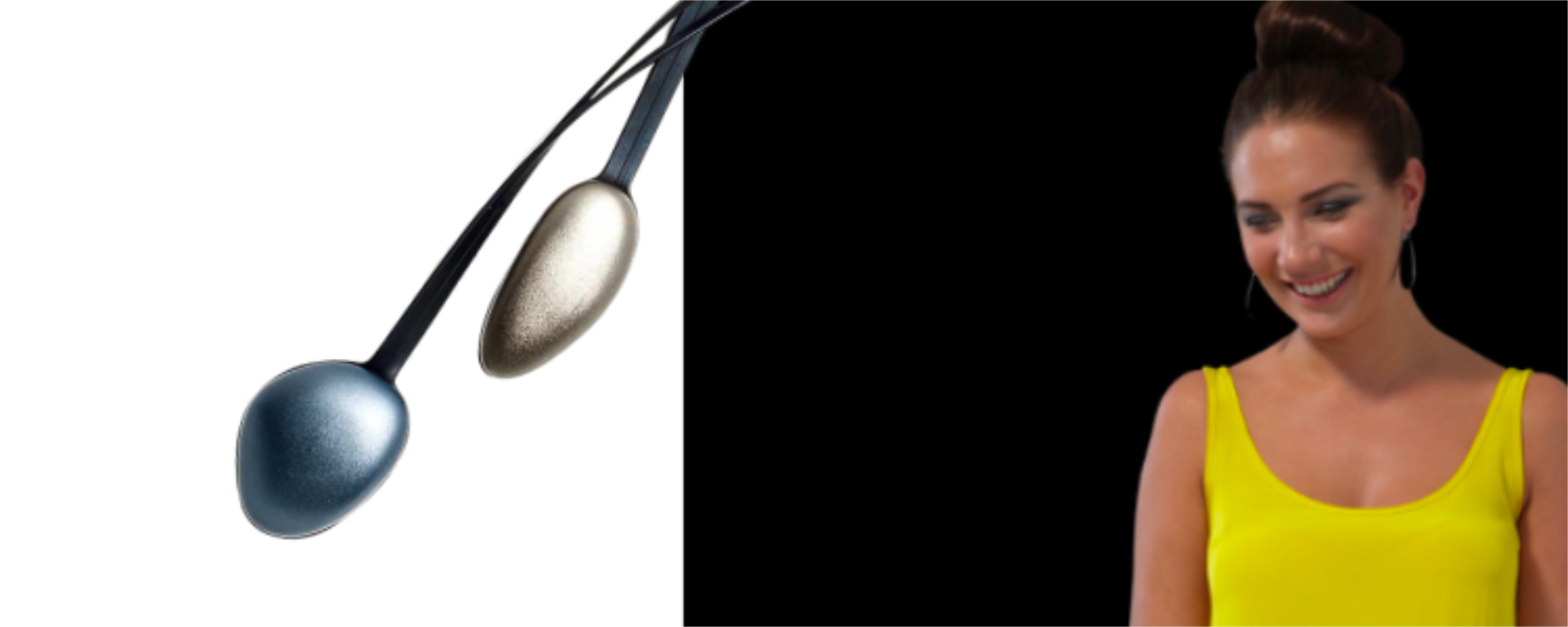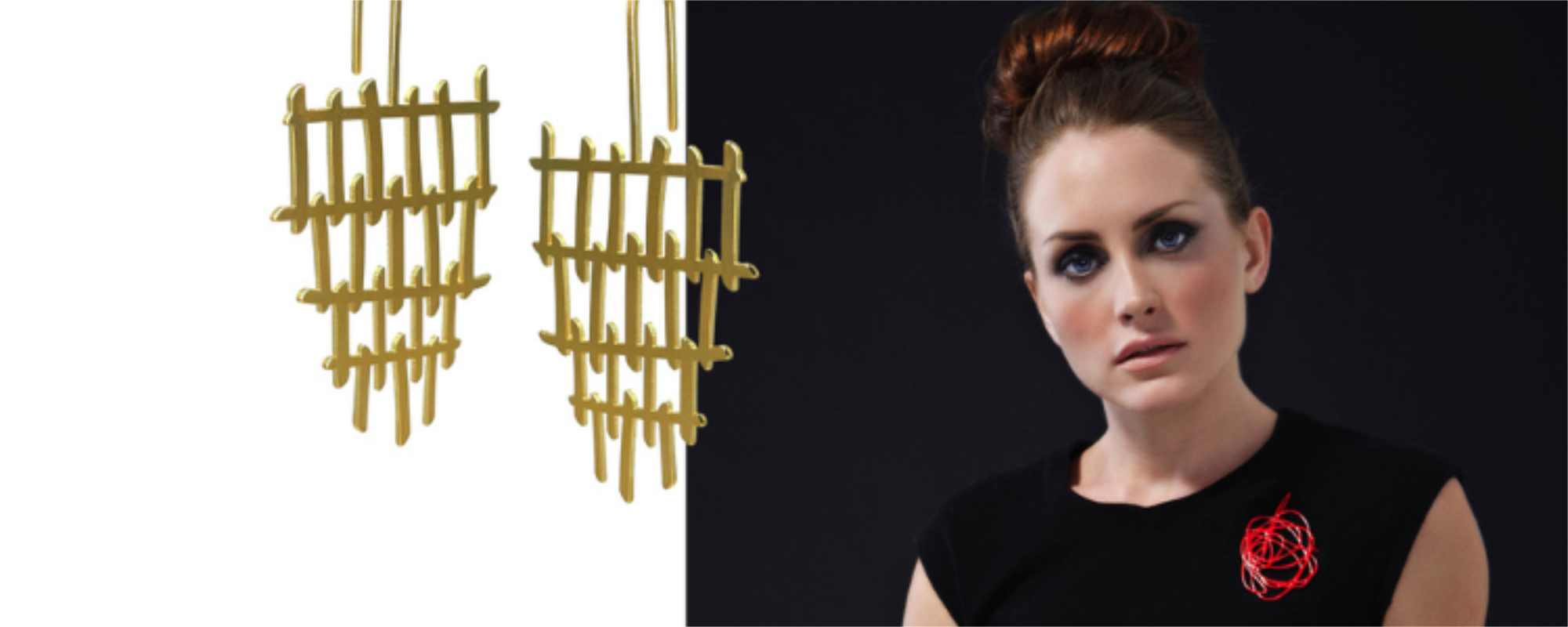How to Remove Stud Earrings: Simple and Effective Methods
Removing stud earrings can be tricky, especially if you're new to wearing earrings or have sensitive ears. But don't worry, with the right technique and a little patience, you can safely remove your stud earrings without any pain or discomfort. In this article, we'll provide you with some helpful tips and tricks to make the process as easy and painless as possible.
One of the most important things to keep in mind when removing stud earrings is to be gentle and take your time. Rushing the process or being too forceful can cause damage to your earlobe or the earring itself. We'll show you how to remove different types of stud earrings, including push-back, screw-back, and safety-back earrings. We'll also provide some general tips on how to care for your earrings and keep them in good condition for years to come.
Ear Piercing Basics
Ear piercing has been a popular form of body modification for centuries. It is a simple process that involves making a small hole in the earlobe or cartilage to insert piercing jewellery. If you are thinking of getting your ears pierced, it is important to understand the basics of ear piercing.
Firstly, it is essential to go to a professional piercer who has the necessary skills and equipment to perform the procedure safely. Professional piercers follow strict hygiene practices and use sterile equipment to reduce the risk of infection.
When it comes to the location of the piercing, the earlobe is the most common area to get pierced. However, some people choose to get their cartilage pierced, which can be more painful and take longer to heal. The size of the piercing jewellery will depend on the size of the hole, which is typically measured in gauge size. The standard gauge size for ear piercings is 20, but it can range from 14 to 00.
After getting your ears pierced, it is important to follow proper aftercare instructions to prevent infection and promote healing. This includes cleaning the piercing with saline solution or mild soap and avoiding touching the piercing with dirty hands.
When it comes to removing stud earrings, the process can be simple or tricky depending on the type of earring and the size of the hole. It is important to be gentle and patient to avoid causing any damage to the piercing.
How to Remove Stud Earrings
Removing stud earrings can be a tricky task, especially if you are doing it for the first time. However, with a little practice and the right tools, you can easily remove your stud earrings without causing any damage to your earlobes.
To remove your stud earrings, you will need a few things, such as a post, pliers, tweezers, or needle-nose pliers, depending on the type of stud earring you have. If you have a small hoop, you can also use your fingers to remove it.
To remove a stud earring, start by washing your hands with soap and water to prevent any infection. Then, hold the front of the earring with one hand and the back of the earring with the other hand. Gently twist the back of the earring in a clockwise direction while pushing it forward and off of the earlobe. If the earring is still stuck, you can use pliers or tweezers to grip the back of the earring and twist it off.
If you have a stud earring with a safety back, you can remove it by gently pulling the back away from the earlobe and sliding it off. For screw-back earrings, hold the front of the stud and the screw back and unscrew the backing by rotating it left until it slides off the post.
It is essential to be gentle when removing your stud earrings to avoid any injury or damage to your earlobes. If you experience any pain or resistance while removing your earrings, stop immediately and seek professional help.
Cleaning and Care of Earrings

Taking care of your earrings is an essential part of keeping them looking their best. Regular cleaning can help prevent the buildup of dirt, oils, and bacteria that can cause irritation or infection. Here are some tips for cleaning and caring for your earrings:
Cleaning Your Earrings
The best way to clean your earrings depends on the material they are made of. For metal earrings, you can use a mild soap and warm water to gently clean them. Soak your earrings in soapy water for about 30 minutes, then use a soft-bristled toothbrush or cotton swab to gently scrub away any dirt or grime. Rinse the earrings thoroughly with clean water and dry them with a soft cloth.
For delicate earrings made of pearls or other gemstones, it's important to use a gentle cleaner that won't damage the surface. You can use a solution of warm water and mild soap or a specialized jewellery cleaner designed for delicate materials. Be sure to follow the manufacturer's instructions carefully, and avoid using any harsh chemicals or abrasive materials.
Caring for Your Earrings
In addition to regular cleaning, there are a few things you can do to help keep your earrings looking their best:
- Store your earrings in a clean, dry place when you're not wearing them. Avoid storing them in direct sunlight or in a damp environment, as this can cause damage to the metal or stones.
- Avoid wearing your earrings while swimming or bathing, as exposure to water can cause damage or discoloration.
- If you have sensitive skin, choose earrings made from hypoallergenic materials like surgical steel or titanium.
- If you have pierced ears, be sure to follow proper aftercare instructions to prevent infection or irritation. Clean your ears regularly with a saline solution or hydrogen peroxide, and avoid touching or twisting your earrings.
Understanding and Preventing Infections
When you have pierced ears, it is important to take good care of them to prevent infections. An infected ear piercing can be painful and take a long time to heal. Here are some tips to help you understand and prevent infections.
Understanding Infections
An infection can occur when bacteria enter the piercing site. Signs of an infection include redness, swelling, pain, and discharge of pus. If you think you have an infection, it is important to see a doctor or a piercing professional as soon as possible.
Preventing Infections
Here are some tips to help prevent infections:
- Keep your hands clean before touching your ears or earrings.
- Avoid touching your earrings unnecessarily.
- Don't remove your earrings too soon, as this can cause the piercing to close up and trap bacteria inside.
- Avoid swimming in pools, lakes, or oceans for at least a few weeks after getting your ears pierced.
- Don't use alcohol or hydrogen peroxide to clean your earrings, as these can irritate the skin and slow down the healing process.
- Use a saline solution to clean your earrings and ears. To make a saline solution, mix 1/2 teaspoon (3 grams) of salt into 1 cup (237 ml) of warm water. Dab a sterile cotton ball or gauze into the solution and gently sweep it over both sides of the ear at the site of the piercing. Do this twice a day to keep the area clean.
- Avoid using heavy earrings or sleeping on your ears for the first few weeks after getting your ears pierced.
- If you have long hair, keep it away from your ears to prevent it from getting caught in your earrings and irritating the piercing site.

Frequently Asked Questions
What is the best earring removal tool to use?
The best tool for removing earrings depends on the type of earring you are trying to remove. For example, if you have a clip-on earring, you can use your fingers to gently bend the clip away from the earlobe to release the tension. If you have a push-back or screw-back earring, you can use your fingers to unscrew the back of the earring and remove it. However, if you have a ball stud earring, you can use a pair of pliers to gently twist and pull the earring post out of the back of the earring.
How can I remove a ball stud earring?
To remove a ball stud earring, you can use a pair of pliers to gently twist and pull the earring post out of the back of the earring. You can also try using a cotton ball or a piece of cloth to grip the earring and gently twist it out of your ear.
How do I safely remove a cartilage earring with a flat back?
To safely remove a cartilage earring with a flat back, you should first clean the area around the earring with a saline solution. Then, you can use your fingers to gently twist and pull the earring out of your ear. If the earring is stuck, you can try using a pair of pliers to gently twist and pull the earring out.
What should I do if I can't remove my stud earrings?
If you can't remove your stud earrings, you should first try to relax and take a deep breath. Then, you can try using a lubricant, such as coconut oil or baby oil, to help loosen the earring. If the earring is still stuck, you should seek the help of a professional, such as a piercer or a doctor.
How do you take out earrings after getting your ears pierced?
To take out earrings after getting your ears pierced, you should first wash your hands with soap and water. Then, you can use your fingers to gently twist and pull the earring out of your ear. If the earring is stuck, you can try using a pair of pliers to gently twist and pull the earring out.
How do you unscrew earring studs without hurting your ear?
To unscrew earring studs without hurting your ear, you should first wash your hands with soap and water. Then, you can use your fingers to gently unscrew the back of the earring. If the earring is stuck, you can try using a pair of pliers to gently twist and unscrew the back of the earring.





